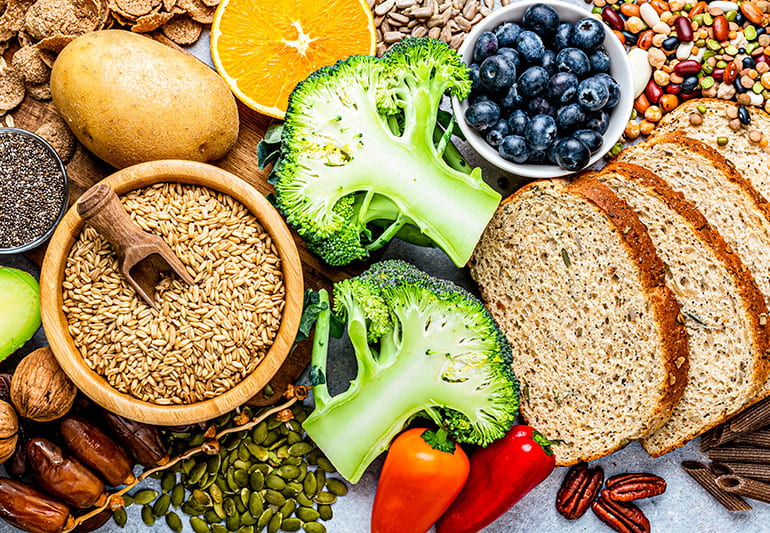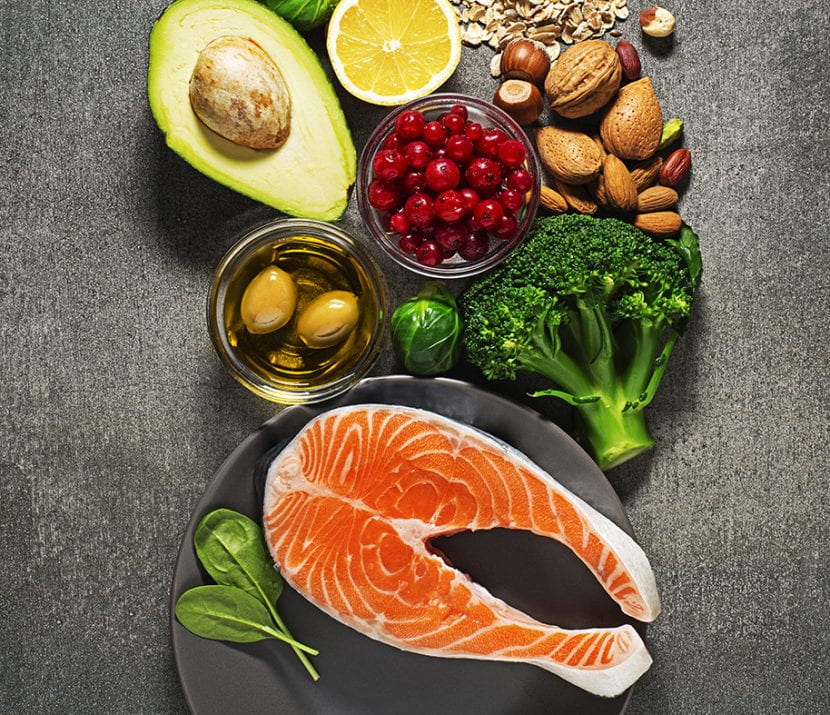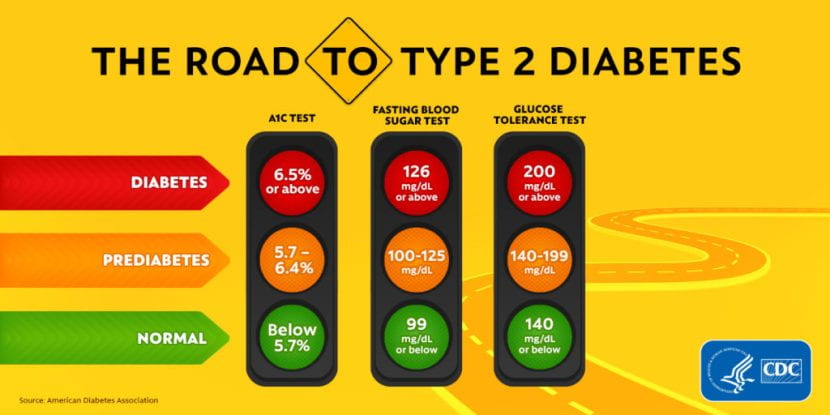The Powerful Link Between Weight Loss and Managing Type 2 Diabetes
Living with type 2 diabetes can be challenging, but there is a significant ray of hope: weight loss. Shedding those extra pounds not only helps you fit into your favorite clothes, but can also have a profound impact on managing your diabetes. Here are compelling reasons to lose weight for people with type 2 diabetes,…









